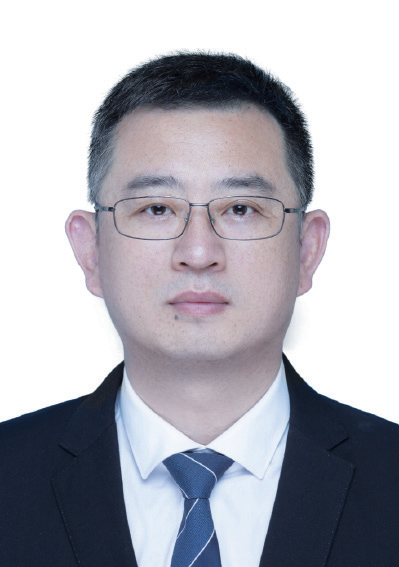Houwen Chen, Chaoqiang Liu, Xiaojun Zhao, Shenlan Yang\ Jian-feng Nie
College of Materials Science and Engineering, Chongqing University, Chongqing, 400044, China
Department of Materials Science and Engineering, Monash University, VIC 3800, Australia
EXTENDED ABSTRACT: Precipitation hardening is one of the most widely used mechanisms for the strengthening of magnesium and aluminum alloy. To develop new high-strength magnesium and aluminum alloys, it is necessary to determine the structure and composition of precipitates, reveal the nucleation and growth mechanisms, and establish the relationship between composition, processing-precipitate characteristics-perfo皿ance. Generally, the crystal structure and composition of precipitates were determined using electron diffraction, high-resolution transmission electron microscopy(HRTEM) and energy dispersive X-ray spectroscopy (EDS) in conventional transmission electron microscopy. Due to the limitation of these techniques, the structure of some precipitate phases and the precipitation sequence in many magnesium and aluminum alloys were not well established. In recent years, the development of aberration-corrected scanning transmission electron microscopy (STEM) and super-X EDS makes it a reality to directly reveal the structure and composition of precipitate phases at atomic scale, especially in multicomponent alloy systems. In this presentation, we will provide our recent findings in the study of precipitates in MgNd-Ag-Zr and Al-Cu-Mg-Ag alloys using high-angle annular dark-field STEM (HAADF-STEM) and atomic-resolution EDS mapping in an aberration-corrected STEM. In the Mg-Nd-Ag-Zr alloy, it was determined that the equilibrium phase o has an orthorhombic structure with space group Cmcm, and lattice parameters of a = 1.02 nm, b = 1. 18 nm, c = 1.00 nm. An atomic structure model of the equilibrium phase was proposed, and its chemical formula was determined to be NdAgMgll. In the Al-Cu-Mg-Ag alloy, it was found that the metastable phase f has a close-packed hexagonal structure with space group P6/mmm,lattice parameters of a = 0.495 nm, c = 0.960 nm, and a composition of A1Cu3Mg2Ag. A shear-shuftle-diffusion formation mechanism was proposed. The simultaneous characterization of structure and composition at atomic resolution can provideaccurate information of precipitates for designing new alloy systems using high-throughput computational methods.
Keywords: Light alloys; precipitates; structure; composition; electron microscopy

Dr. Houwen Chen is a professor at College of Materials Science and Engineering, Chongqing University. He graduated form University of Science and Technology Beijing in 2008 with a Ph.D. He conducted the postdoctoral research at Tsinghua University from 2009 to 2011, and entered Chongqing University in 2011. His main research interests include the development of advanced electron microscopy techniques, solid-state phase transformation in metallic materials, and the design of high-performance light alloys. He has published over 50 papers in in journals including Nature, Nature Communications, Acta Materalia, etc., and has authorized 3 invention patents. He has led 3 projects funded by National Natural Science Foundation, and participated 2 National Key Research and Development Programs as a sub-project leader.